"Rooted in a place of caring, of loving, of recognizing myself"
poet, artist, and educator Sarah Williams-Devereux on the power of deep listening, dedicating time to write, and bringing a rooted attention to your writing practices ✨🙏🏼
This is a Beginner’s Mind interview, a series that explores the intersection of mindfulness and creative practice. Zen master Shunryū Suzuki Roshi said, “In the beginner’s mind, there are many possibilities; in the expert’s mind, there are few.” This series shines a light on the practices that sustain people in their daily lives and open the path to new possibilities. If you know (or are) a writer, creative person, mindfulness teacher or practitioner with practices you’d like to share, just reply to this newsletter to be in touch with me. Subscribe below to make sure you don’t miss any future interviews. ✨
Sarah Williams-Devereux is a poet, artist, and educator I’ve admired for many years. I first encountered Sarah as the calm center of the energetic chaos of Madwomen in the Attic events. While people were chatting and flitting around to the cookie table or buying anthologies, Sarah would be listening carefully to someone’s question and finding a solution to their problem.
Sarah has worked for many years as Administrative Assistant and as an Adjunct Instructor teaching writing workshops in the Madwomen program, and has brought her generosity of presence and clear vision to all she does. Sarah’s chapbook, Of a Mother, is a moving collection of poems exploring the loss of her mother to cancer and her grief in the wake of that loss. She brings to her poems an incredible ability to see deeply into ordinary objects and moments, and to shape language to name even the most disorienting experiences. Faith Adiele writes of the book: “In our sanitized society, where death often happens off-stage and in silence, Williams-Devereux offers a bold opportunity to hold death by the hand, stare it in the face, and make our peace.”
I’ve long suspected that Sarah has a deep spiritual practice underpinning her creative practice, so I’m grateful that she was willing to share her wisdom with us in this interview. ✨🙏🏼
What are your writing/creative practices? Do you have any rituals or habits that help you?
If I go by Conceptual Artist Bruce Nauman’s concept of art—“…art is what an artist does, just sitting around the studio”—then my writing practice is a varied and often sporadic one. Though I know it benefits my mental health—even when writing something heavy, I’m always lighter after I write—I don’t write every day, or even every other day. My most organized and steady writing practice is tied closely to my teaching practice for the weekly poetry workshop I lead for the Madwomen in the Attic program at Carlow University. I’ve structured my workshops to center around writing prompts, so that, no matter what, I have 10-15 minutes of guaranteed writing time per week, with a minimum of 12 pieces/semester to draw from and revise. As someone with ADHD, I find having dedicated commitments, whether they be as a leader or participant in a writing scenario, the most effective way of making me sit down and write regularly.
Of course, to extend Nauman’s concept, reading other writers’ work is writing, going to poetry readings is writing, percolating a poem is writing, collecting inspirational poems and quotes in a book of hours is writing, organizing my computer desk is writing.
And even though my practice is sometimes sporadic, writing is the one enduring creative activity I’ve done—my past and current creative interests include painting, mixed media art, beadwork, quilting, gardening, Reiki, learning food preservation, practicing herbal medicine, cooking, crocheting.
When I teach, which is a mix of writing and listening, I light two beeswax candles: one in a terracotta holder etched by the potter with words in their native language, Bengali; the other in a frosted glass holder etched with a Reiki symbol, Cho Ku Rei, that roughly translates as to place the power and energy of the universe here. I was attuned to Reiki Level II several years ago, and that practice of energy healing has given me a deeper connection to myself and others.
What are your mindfulness practices?
It's hard to want to be present and mindful nowadays! There’s So Very Much.
On the traditional side, there’s my Nichiren Buddhist practice: daily Daimoku chanting, readings from The Lotus Sutra and the writings of Nichiren. This has been part of my life in one way or another since I was a child—my father practiced Buddhism for many years. For me, Buddhism brings mental clarity, an acknowledgement of both the joys and sufferings of life—and the recognition that pain and suffering are two different things. If I can see the world more clearly, I can respond to it more quickly and fully.
On the writing side, there’s my teaching. In my Madwomen workshops, I follow the Amherst Writers & Artists method of leading writing groups, inviting participants to write to prompts I offer and then give feedback to their fellow writers on what’s strong, what stays with them in each other’s pieces. A central practice of this method is deep listening, entering fully into the world that the writer has created for us—it’s a different kind of listening than what we do in conversations with friends, family, or colleagues. For me, it’s comparable to the deep noticing that happens when I look at a piece of art or listen to music. During these moments when I’m listening to others’ writing, I feel most present and aware in the world. This mindfulness is a place of joy, even when what I might be hearing is difficult.
Do you have a mantra or motto related to your creative/mindfulness practices/life?
My writing desk is right next to my Buddhist altar, so my spiritual and creative mindfulnesses are kind of in conversation! When I feel disconnected to myself, in a thicket of my own emotions, I return often to the Buddhist concept of The Eight Winds—prosperity & decline, disgrace & honor, praise & censure, suffering & pleasure—and trying not to be swayed by intense emotions on either side of these positive and negative pairs. I have a photo of a lotus flower overlaid with the winds as one of my phone background options as a reminder during difficult times!
Above my writing desk is a mélange of things. Photographs of moments when I felt most connected to and inspired by the world (a bee in a pink cosmos flower, a still life of shells and scarves set out during a writing workshop). Small bits of art: a notecard of Srijai Kuntawang’s woodcut, December in Lanna, depicting a line of elephants under an elephant constellation, reminding me of the Cosmic Elephant fable.
Things I’ve created myself: an illustration I made when I was in my MA in Teaching Writing program at Johns Hopkins University: “Why I Write, How I Feel”—for navigation, preservation, transformation; alive, connected, high. And things for humor: a calligraphy print from Mia Cong, a.k.a. The Shitpost Calligrapher: “Keep. Writing. You’ve still got motherfuckers to prove wrong.”
Do you see your creative and mindfulness practices as connected? In what ways?
When I’m riding a writing flow, listening to my students’ pieces, chanting in the morning, or tending to my garden, that core of deep attention is the same: rooted in a place of caring, of loving, of recognizing myself, the people around me, and the things I’m working on as inherently worthy of such loving-care. The outside forms are different, but the nuclei are the same.
What advice would you give someone who is trying to start or restart a creative or mindfulness practice?
Flexibility, experimentation, and self-compassion. Some writers need a daily word count; some can’t stand it. Some people crave sitting meditation; others would crawl out of their skins. And if you’re restarting, what might have worked for you in the past may still be effective, or you may need to try out new variations.
A Prompt from Sarah
This prompt from Pat Schneider is one I use often with my writing workshops. It’s an excellent craft exercise for strengthening our imagery (sight, smell, sound, taste, feel), but it’s also a way to slow down and consider all the actions involved in seemingly simple activities.
Prompt: Write in great detail about something you do often (shaving, washing dishes, mowing a lawn, washing a dog, folding clothes, cooking a favorite dish).
—from Writing Alone and with Others, Pat Schneider (Oxford University Press, 2003).
Sarah Williams-Devereux is a poet, artist, and educator from Pittsburgh, PA. She is the author of Of a Mother (chapbook, Finishing Line Press, 2023). Her poetry has appeared in multiple venues, including journals {F(r)ictionLog, Snapdragon}, anthologies {Show Us Your Papers (Main Street Rag, 2020), Is It Hot in Here Or Is It Just Me? Women Over Forty Write on Aging (Social Justice Anthologies, 2019)}, radio {Prosody, WESA-FM}, and public art {Bridging the Gap/Analog Scroll, Westmoreland Museum of American Art}. She teaches poetry for the Madwomen in the Attic workshops at Carlow University and is the series editor for their annual anthology, Voices from the Attic. She is certified in transformative language arts foundations from the Transformative Language Arts Network and in writing group leadership from Amherst Writers & Artists, for which she is a training instructor. She received her MA in teaching writing from Johns Hopkins University. She is a recipient of the 2025 Distinguished Alumni Leadership Award from her undergraduate alma mater, Seton Hill University.
More from Sarah ✨🙏🏼
You can find Sarah on Bluesky at @sejw, on Facebook at @sarah.williamsdevereux, and on Instagram at @swilliamsdevereux.
You can order Sarah’s chapbook, Of a Mother, at this link!
Listen to Sarah read her poems for the WANA Live Reading series here!
For more about Sarah’s writing and teaching, check out her website.
Registration is now open for Sarah’s Summer 2025 All-Genre Generative Writing Workshop (Madwomen in the Attic), online via Zoom: Wednesdays, May 21-June 25, 2025, 10:30 a.m.-12:30 p.m. EDT.
Description: This generative writing workshop focuses on developing our unique voices and strengthening our writing skills. Using the Amherst Writers & Artists method, during each class session, we’ll write together for the first hour in response to simple yet stimulating prompts drawn from the work of women writers of color. During the second hour, we’ll listen to and give meaningful, affirming feedback to our fellow writers on what is strong and powerful in our in-class writing. By the end of this workshop, we'll each have 6+ new pieces of writing to develop as we wish. All writing genres and experience levels welcome.
Info link: https://bit.ly/su25mad
What You May have Missed on Be Where You Are
The next Ass in Chair Collective this Mon, May 12th is for paid subscribers. The next free one is May 19th. All the details are in the post below.👇🏼
Before you go, will you take one moment to hit the LIKE button or leave a quick comment? This one simple action is incredibly effective at helping to spread the word about Sarah’s work & what’s happening here at Be Where You Are 🌱 Be Where You Are is 100% reader-supported. You can support this work by becoming a paid subscriber for 5$ a month or make a one-time donation here if you value this work but can’t subscribe. Or, just send it to a friend! 🙏🏼🩵
Be Where You Are is a newsletter about how to use writing and mindfulness to live more fully where you are. To reply to this newsletter, just hit reply. I’d love to hear from you! You can also find me on Instagram/Facebook/Bluesky or find more info at my website.




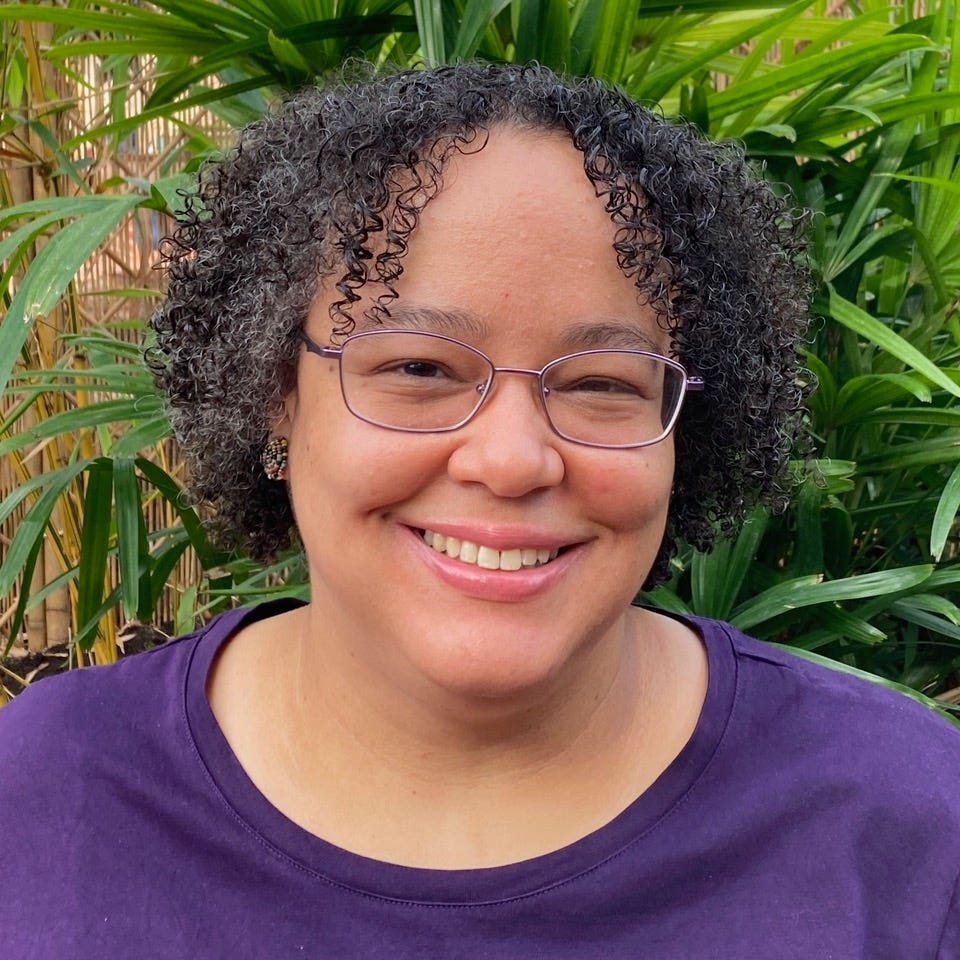

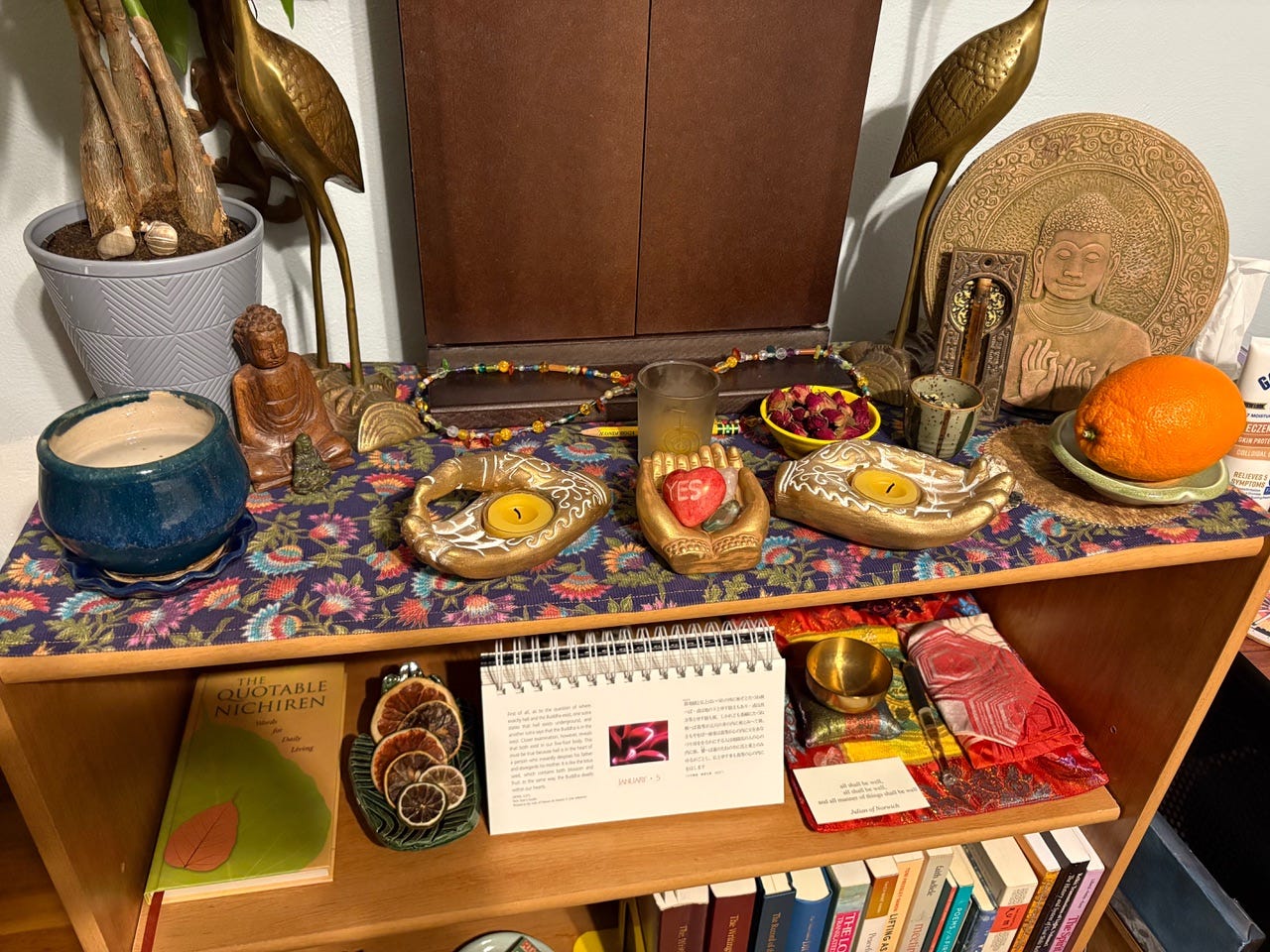
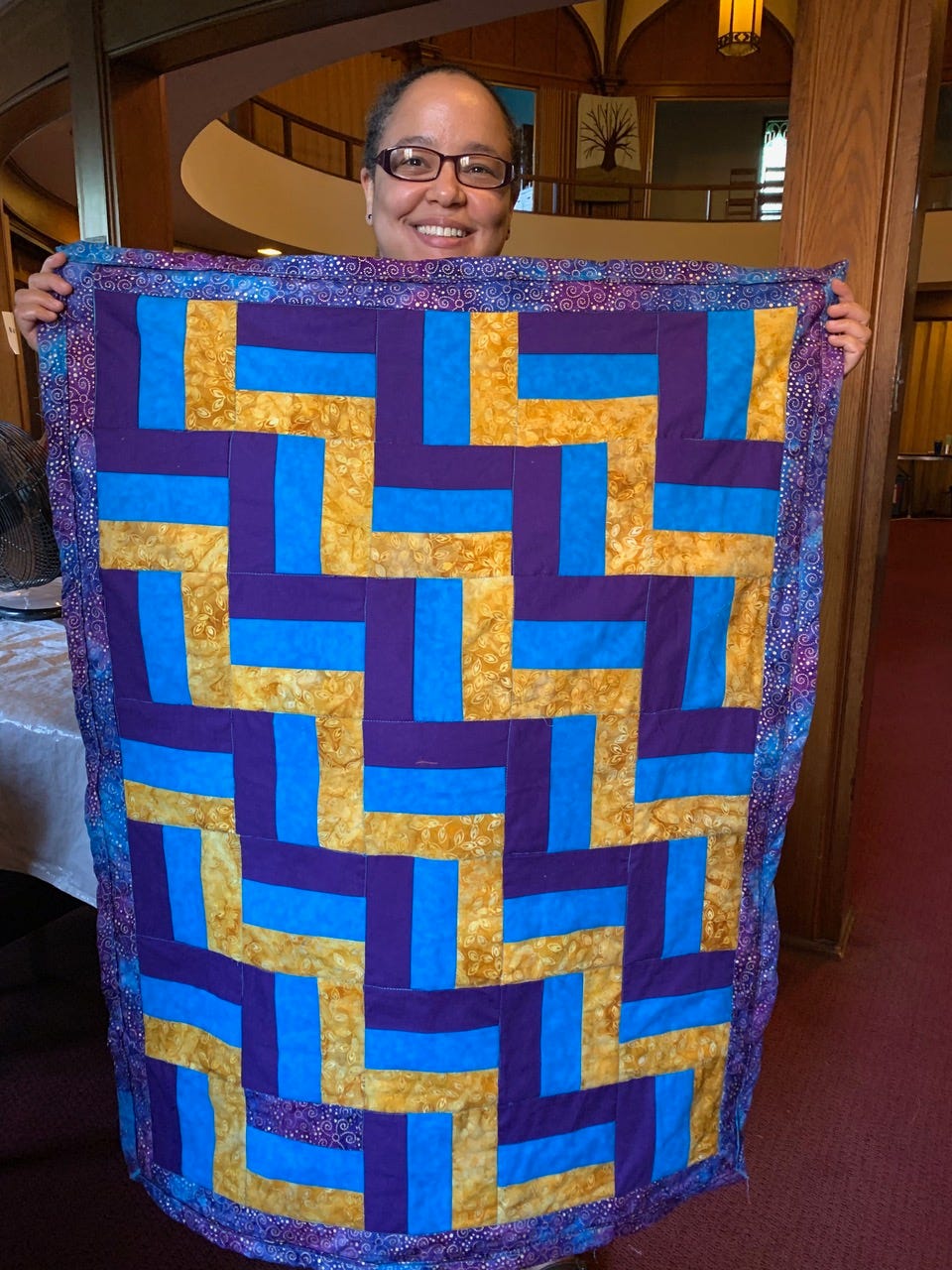
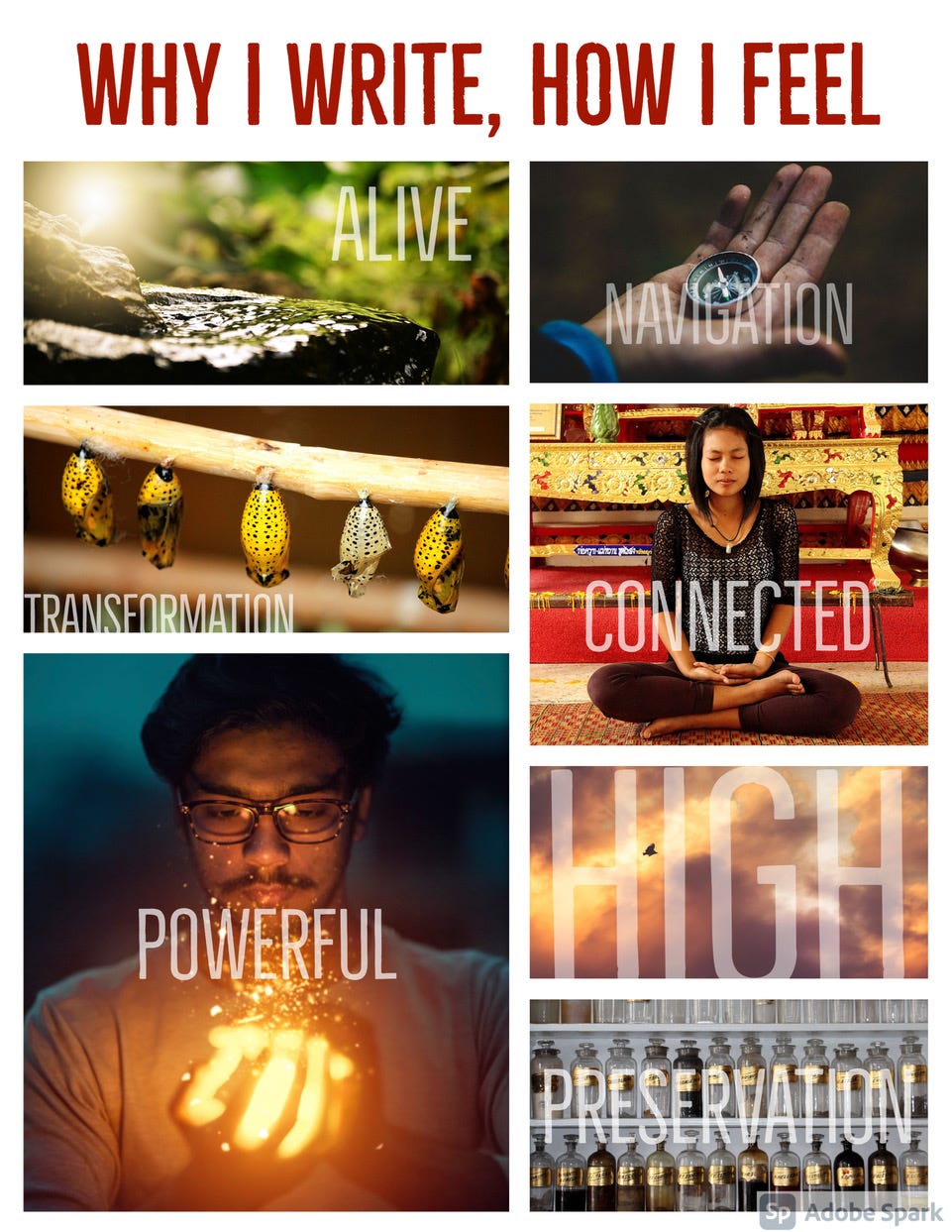
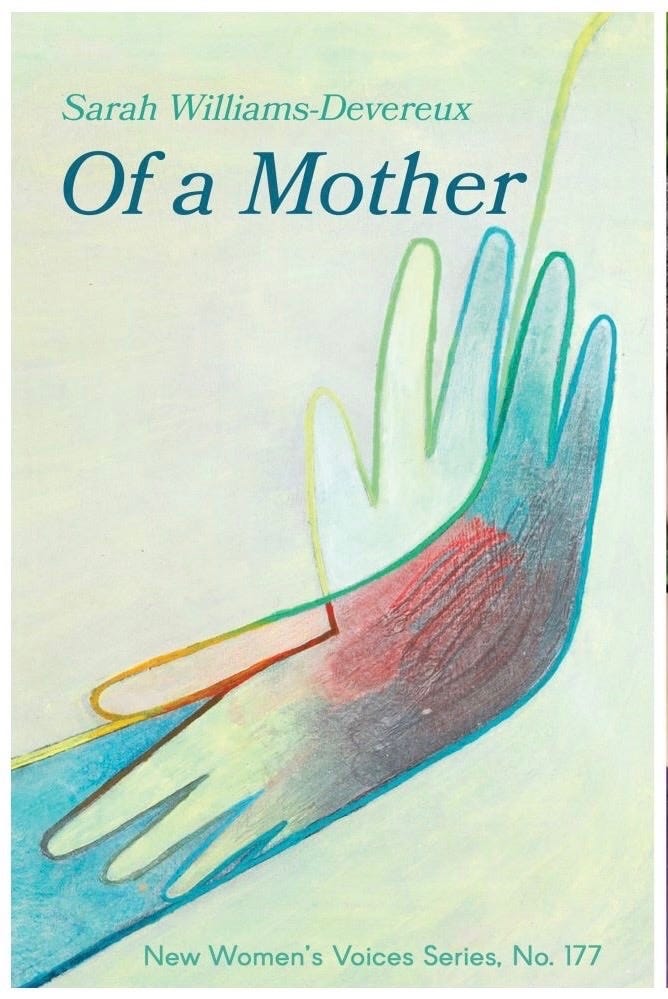




Really enjoyed this interview with Sarah and loved the photos of her engaging with creativity in so many different ways. So inspiring!
It's so nice to put a face (and being) to the voice behind the curtain of all things Madwoman in the Attic. Thanks for sharing, Emily. Lots of glimmers of light in this interview!